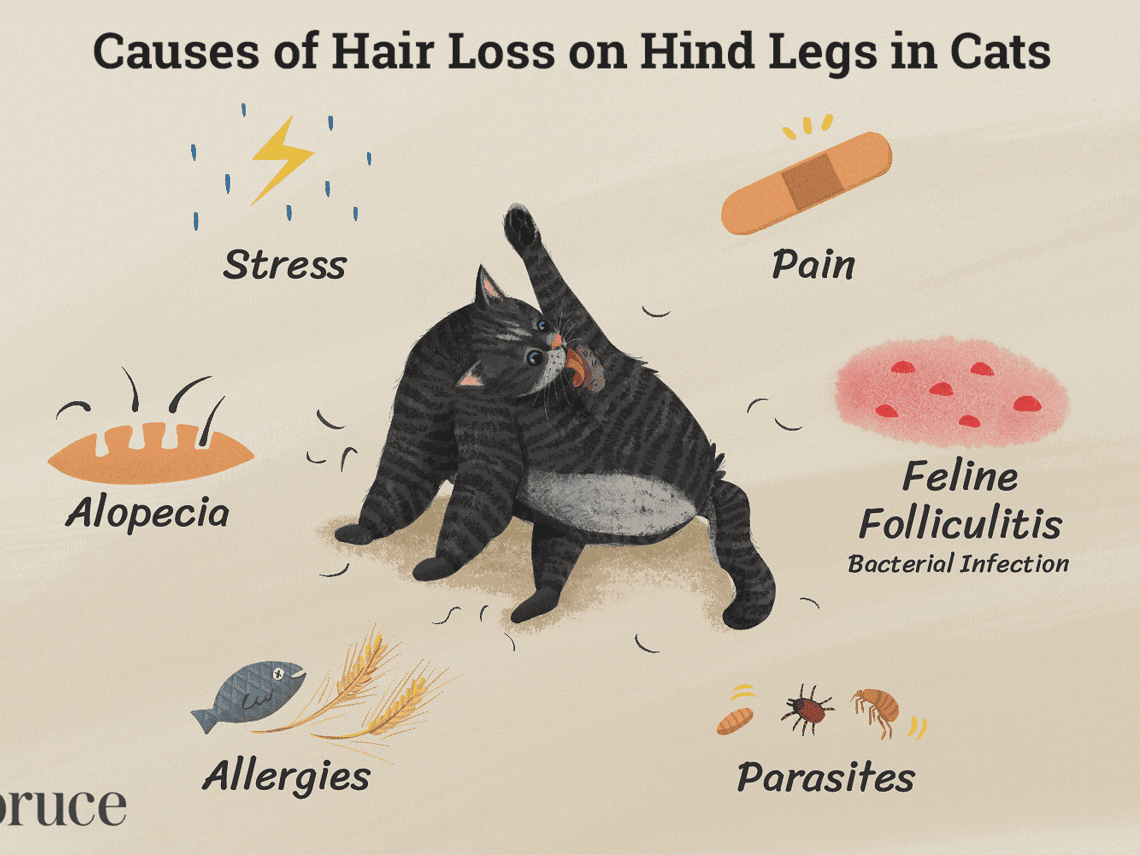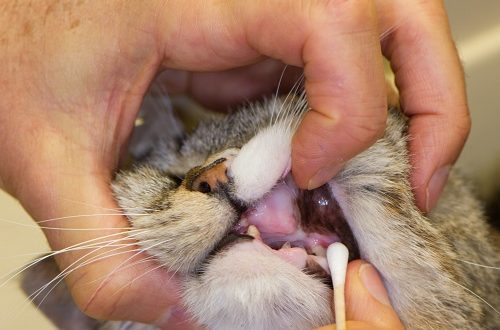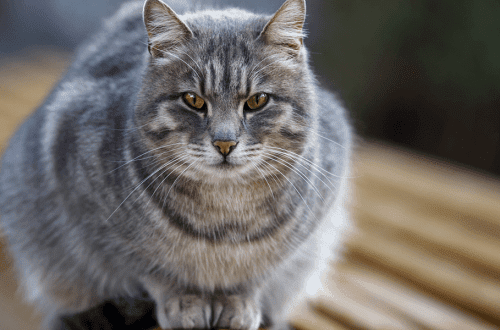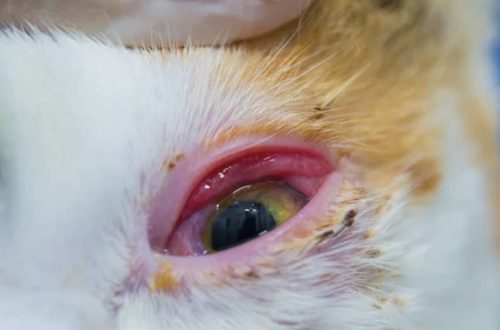
Why is the cat going bald?
Alopecia is a pathological process accompanied by hair loss, which leads to its thinning or complete disappearance in certain areas.
It can be symmetrical (the same areas on both sides of the body) and arbitrary (different areas on different parts of the body). In this case, the skin in this place can be absolutely normal, and there may be hyperemia, peeling, scabs, scratching.
If alopecia was found in a kitten immediately after birth (from a few weeks to a month), then this is a genetic defect resulting from a mutation: the hair follicles and sebaceous glands in this case are underdeveloped. Such follicular dysplasia may be accompanied by a change in hair color. But this is rare.
Much more often we are faced with acquired alopecia. They can be divided into two groups. The first large group of so-called self-induced alopecia is always associated with itching. The cat, licking and combing itself, injures the hairs. There are many reasons for itching. The most common is flea allergy dermatitis. It is a reaction to . This affects cats regardless of age, breed and gender. Diagnosis is based on typical clinical signs. Symptoms disappear immediately after flea treatment.
The second common reason is . That is, the body’s immunological reaction to certain proteins that make up the feed. This allergy can affect animals at any age regardless of gender.
The most common localization of scratching and alopecia is the head, muzzle, and neck. In addition to itching, there may be chronic diarrhea and vomiting.
In this case, it is recommended to transfer the cat to a special hypoallergenic diet with hydrolyzed proteins.
The next cause of itching and baldness is cat atopy. This is a hereditary disease. The disease usually begins between the ages of 6 months and 3 years and, in addition to alopecia, may be accompanied by swelling of the lips, chin, cough and shortness of breath.
The next large group of diseases associated with itching and alopecia are parasitic diseases caused by . These include notoedrosis, otodectosis, cheiletiellosis, demodicosis of cats. The skin of the head (muzzle, ears) and extremities is most often affected. Ticks are detected by microscopy of skin scrapings, hair and skin scales.
Also, cats quite often get dermatomycosis – this is a fungal infection of the hair. Alopecia can have different localization and severity, while itching may be absent or be weak. As you know, both people and other small pets can get sick.
For diagnosis, microscopy, luminescent diagnostics are used, but the most accurate and sensitive method is inoculation on a nutrient medium.
Pyoderma (purulent skin lesions) in cats is rare and, as a rule, is the result of itching due to the previously listed diseases, complicated by purulent microflora, and against the background of reduced immunity (viral immunodeficiency in cats, treatment with immunosuppressants). With pyoderma, the skin at the site of alopecia is also covered with papules, erosions and scabs. Diagnosis is based on cytology.
If we see a cat with symmetrical alopecia on both sides of the body, caused by itching, but the skin is not damaged, we should think about psychogenic alopecia. This is a diagnosis of exclusion when all parasitic, infectious, and allergic diseases are excluded, and itching persists even after corticosteroid use.
The second group of alopecia is not associated with itching. This includes hormonal alopecia. The champions in this matter are dogs. Cats rarely have endocrinopathies accompanied by baldness. Hyperthyroidism, which is common in older cats, tends to cause unkempt, dull coats, oily seborrhea, and rapid claw growth, but only occasionally results in symmetrical alopecia along the sides of the body.
A bare area on the skin may appear after a haircut. Doctors call this the term “follicular arrest.” Why this happens is not completely known, but baldness in this case is always reversible.
Sometimes alopecia may occur at the site of an injection or at a site of severe skin injury (scar).
To add to the list of diseases accompanied by skin lesions and alopecia, a number of autoimmune diseases, for example, pemphigus foliaceus, can also. It is characterized by a symmetrical lesion of the nose, ears and around the claw bed or nipples.
Feline paraneoplastic alopecia is a fairly rare skin lesion that serves as a marker of neoplasm in the abdominal cavity.
This alopecia is localized on the lower surface of the neck, on the abdomen, in the axillary and inguinal region, while the skin is not damaged, but it is thinned and hypotonic. If the doctor sees such changes, then it is necessary to check the cat for the presence of a tumor of the liver, pancreas and adrenal glands.
From alopecia with oncological origin, one can also note non-epithelotropic skin lymphoma in older cats. It is characterized by multiple hard intradermal nodules with a bald surface.
Thus, it is clear that alopecia can be different, have different origins and causes. It is necessary to conduct a detailed examination of the animal before the doctor can make a diagnosis and prescribe the correct treatment.
Photo:





